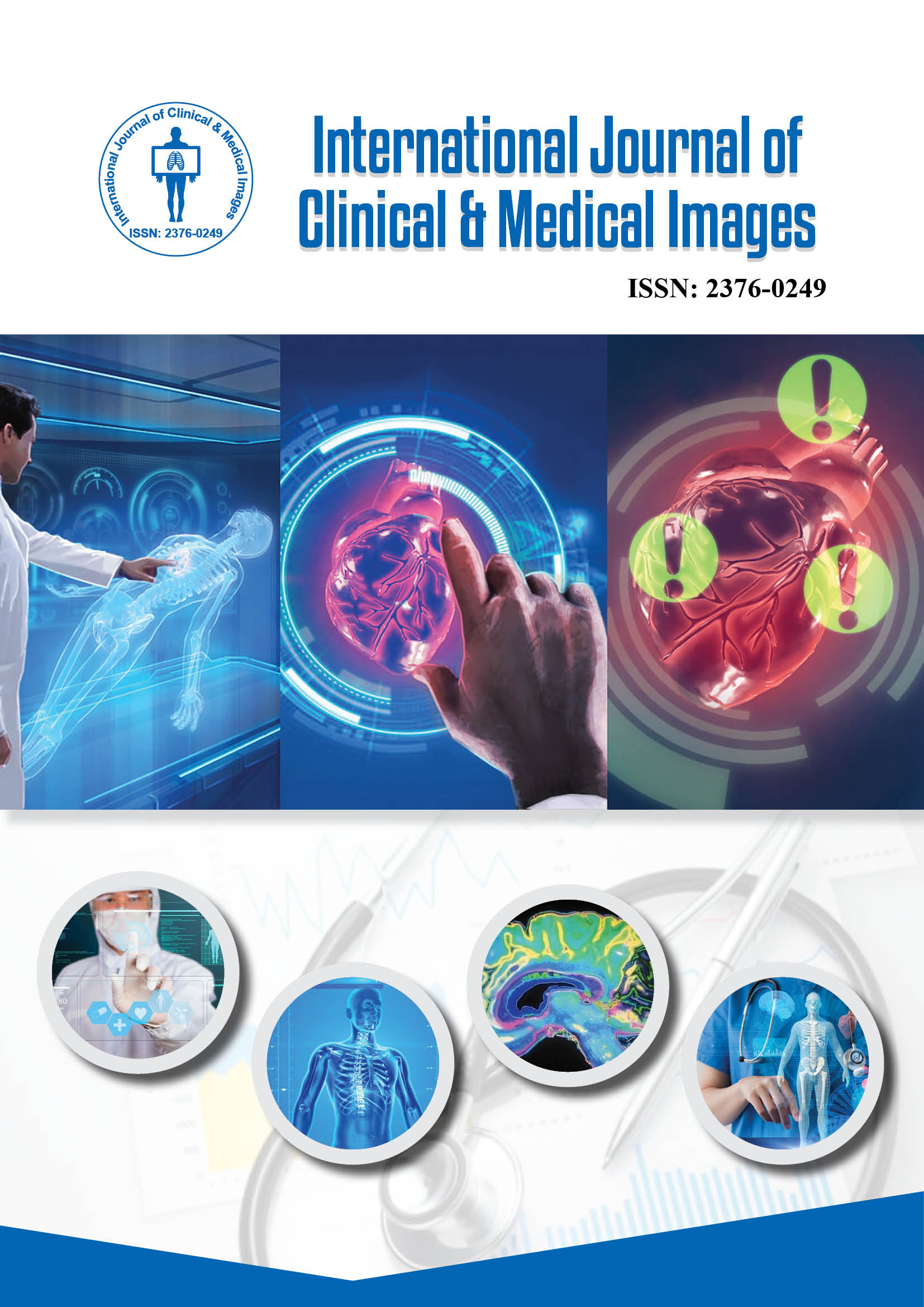2376-0249
Clinical-Medical Image - International Journal of Clinical & Medical Images (2024) Volume 11, Issue 8
Author(s): London Keys*
Department of Cardiac Electrophysiology, Aichi Medical University, Nagakute, Japan
Received: 01 August, 2024, Manuscript No. ijcmi-24-151598; Editor assigned: 03 August, 2024, Pre QC No. P-151598; Reviewed: 17 August, 2024, QC No. Q-151598; Revised: 22 August, 2024, Manuscript No. R-151598; Published: 30 August, 2024, DOI: 10.4172/ 2376-0249.1000974
Citation: Keys L. (2024) Exploring the Role of Angiography in Modern Cardiovascular Medicine. Int J Clin Med Imaging 11: 974.
Copyright: © 2024 Keys L. This is an open-access article distributed under the terms of the Creative Commons Attribution License, which permits unrestricted use, distribution and reproduction in any medium, provided the original author and source are credited.
Angiography plays a pivotal role in modern cardiovascular medicine, serving as a key diagnostic tool for assessing vascular health. This imaging technique allows physicians to visualize blood vessels and identify blockages or abnormalities, enabling timely intervention for conditions such as coronary artery disease and peripheral artery disease. Recent advancements in angiographic technology, including the development of high-resolution imaging and minimally invasive techniques, have improved the accuracy of diagnoses while reducing patient recovery times [1]. The integration of digital subtraction angiography and 3D imaging has further enhanced the visualization of complex vascular structures, facilitating better treatment planning for procedures such as angioplasty and stenting. Additionally, angiography is crucial in guiding catheterbased therapies, allowing for real-time assessments of blood flow and vessel integrity during interventions.
Ongoing research continues to refine angiographic techniques, exploring new contrast agents and imaging modalities that enhance safety and effectiveness [2]. The use of artificial intelligence in analyzing angiographic images holds promise for improved diagnostic capabilities, potentially identifying subtle changes that human eyes might miss. As cardiovascular diseases remain a leading cause of morbidity and mortality worldwide, the role of angiography in both diagnosis and treatment is more critical than ever, offering hope for better outcomes and enhanced patient care in the field of cardiovascular medicine.
Angiography; high-resolution imaging; Peripheral artery disease
None.
None.
[1] Ullah M, Bibi A, Wahab A and Hamayun S, Rehman M. U, et al (2024). Shaping the future of cardiovascular disease by 3D printing applications in stent technology and its clinical outcomes. Curr Probl Cardiol 49(1): 102039.
Google Scholar, Crossref, Indexed at
[2] Seetharam K, Kagiyama N, Shrestha S and Sengupta P P (2020). Clinical inference from cardiovascular imaging: paradigm shift towards machine-based intelligent platform. Cardiovasc Med (22): 1-11.
 Awards Nomination
Awards Nomination

